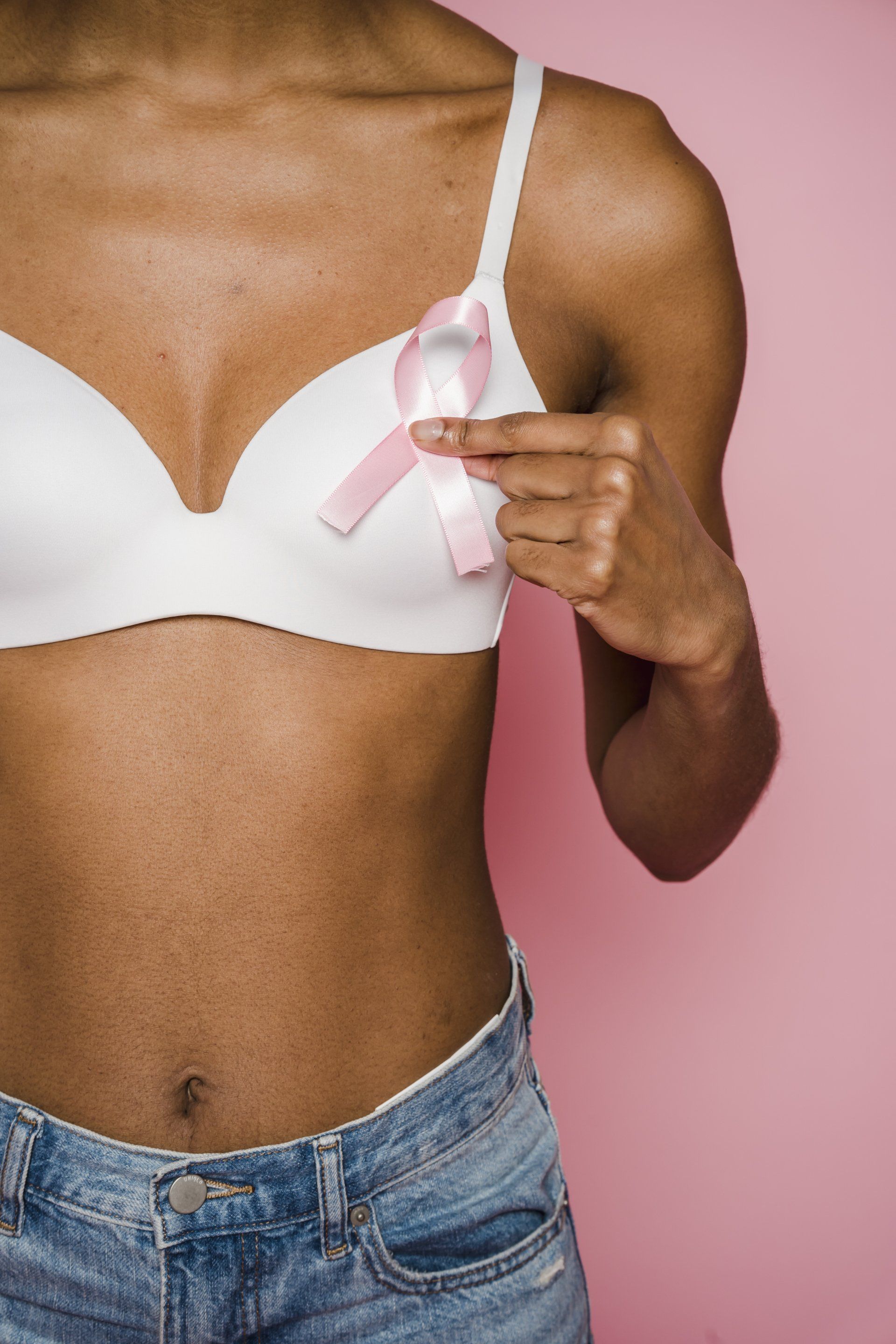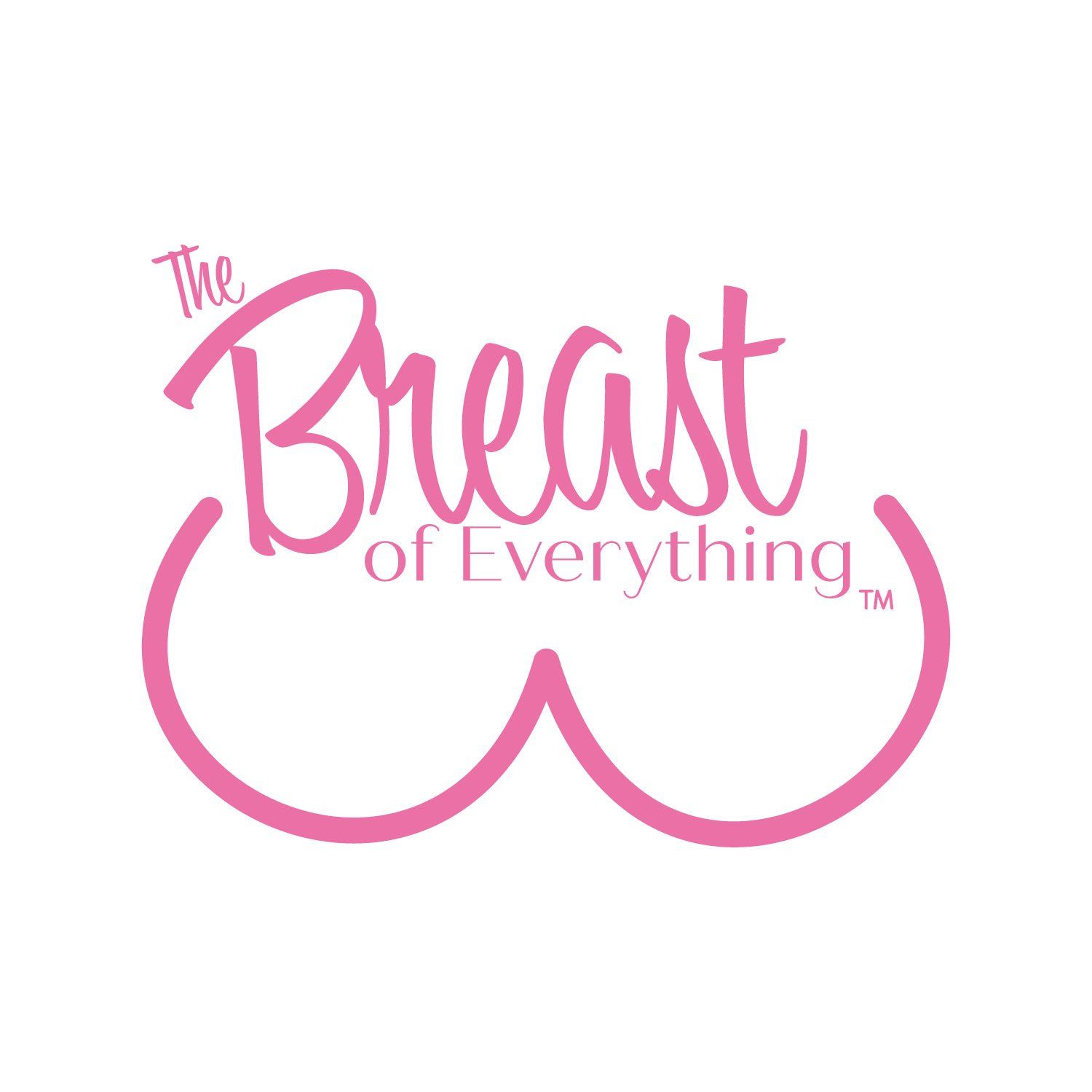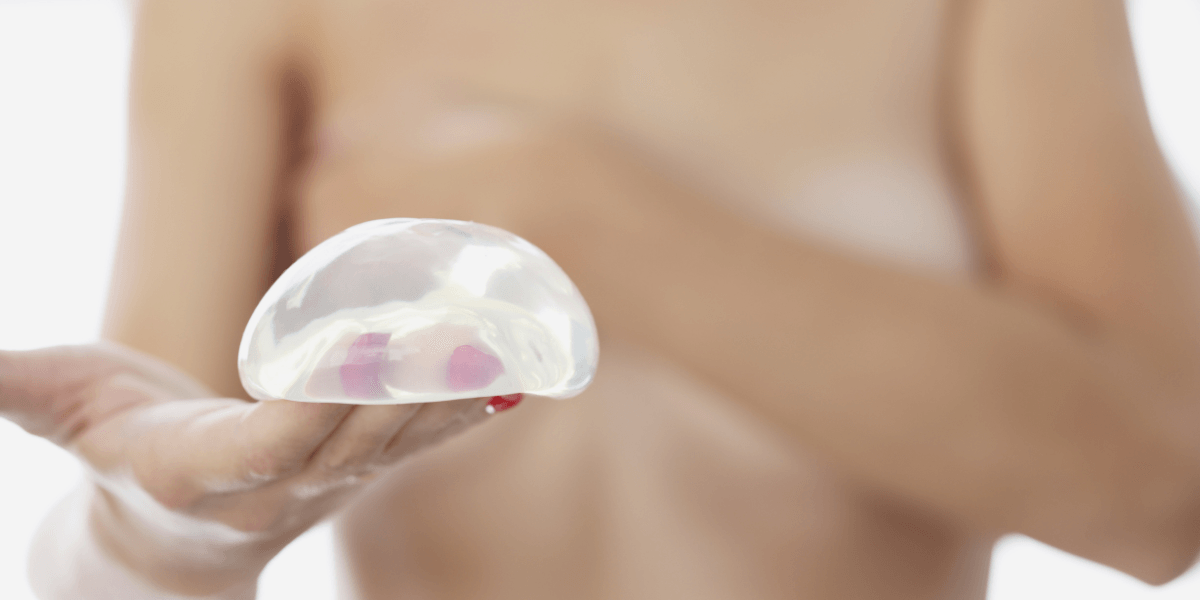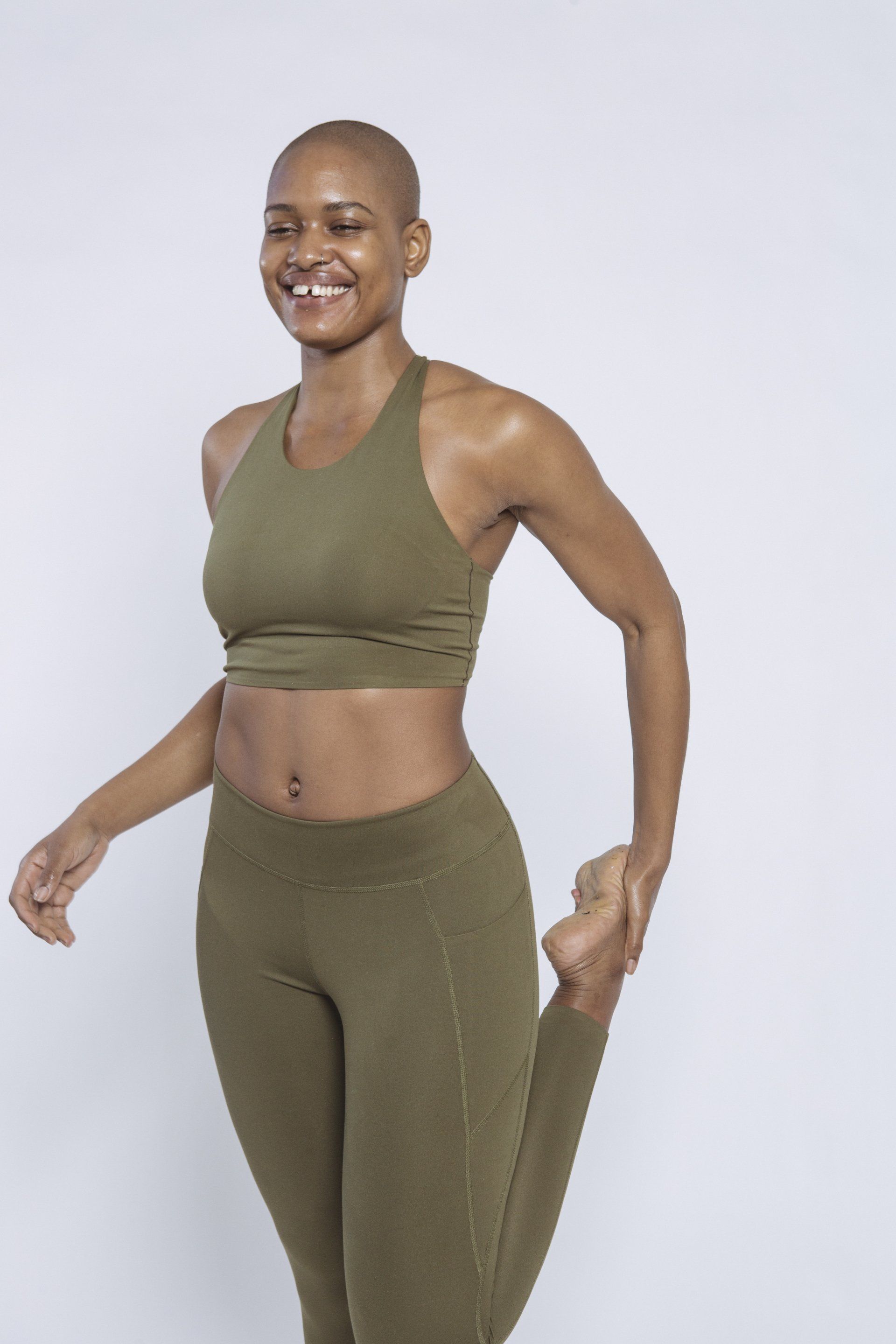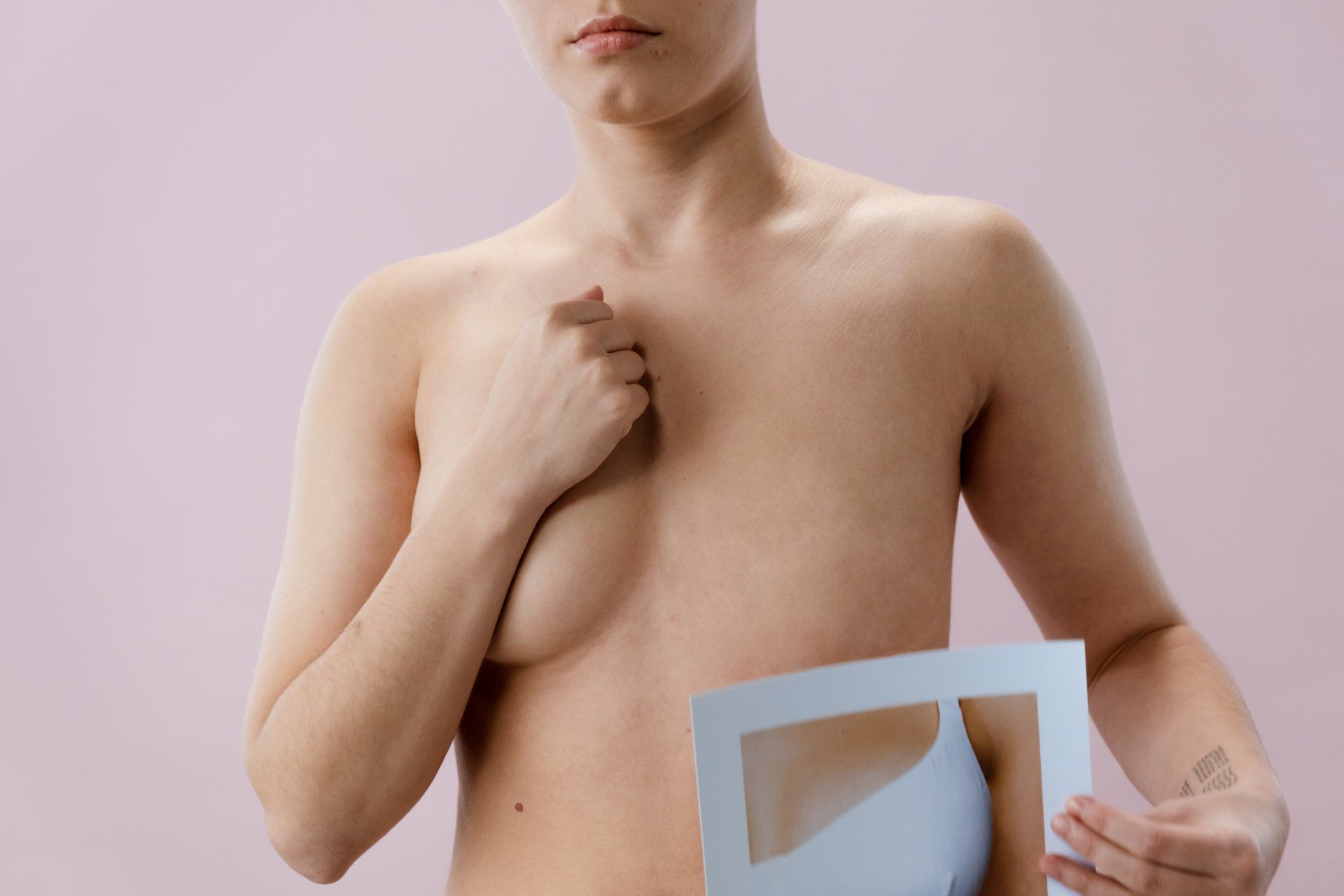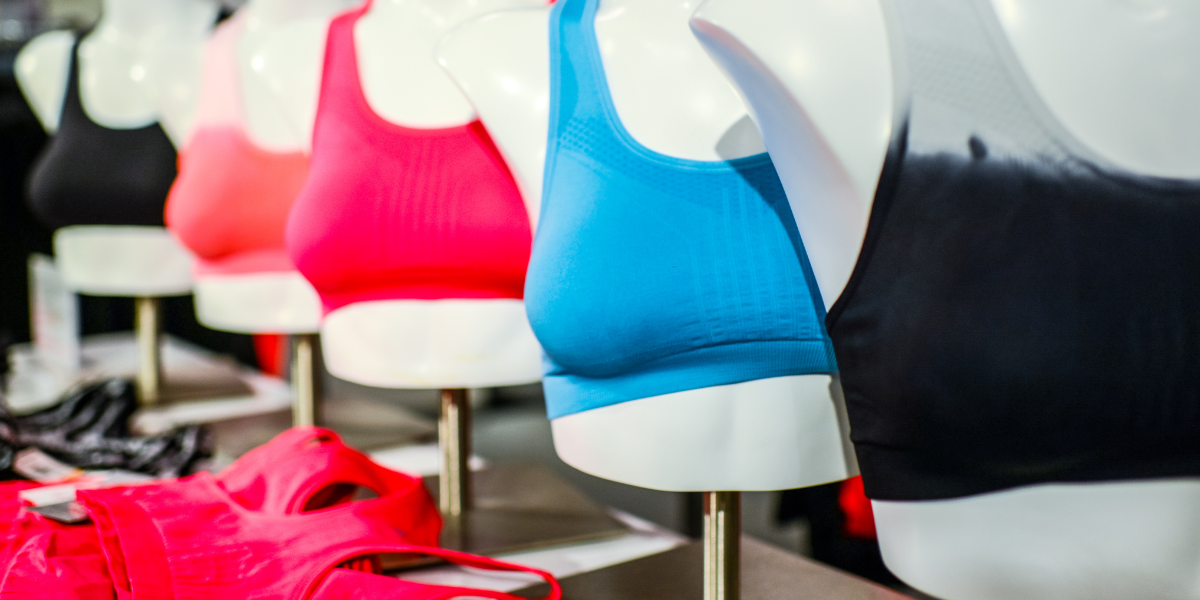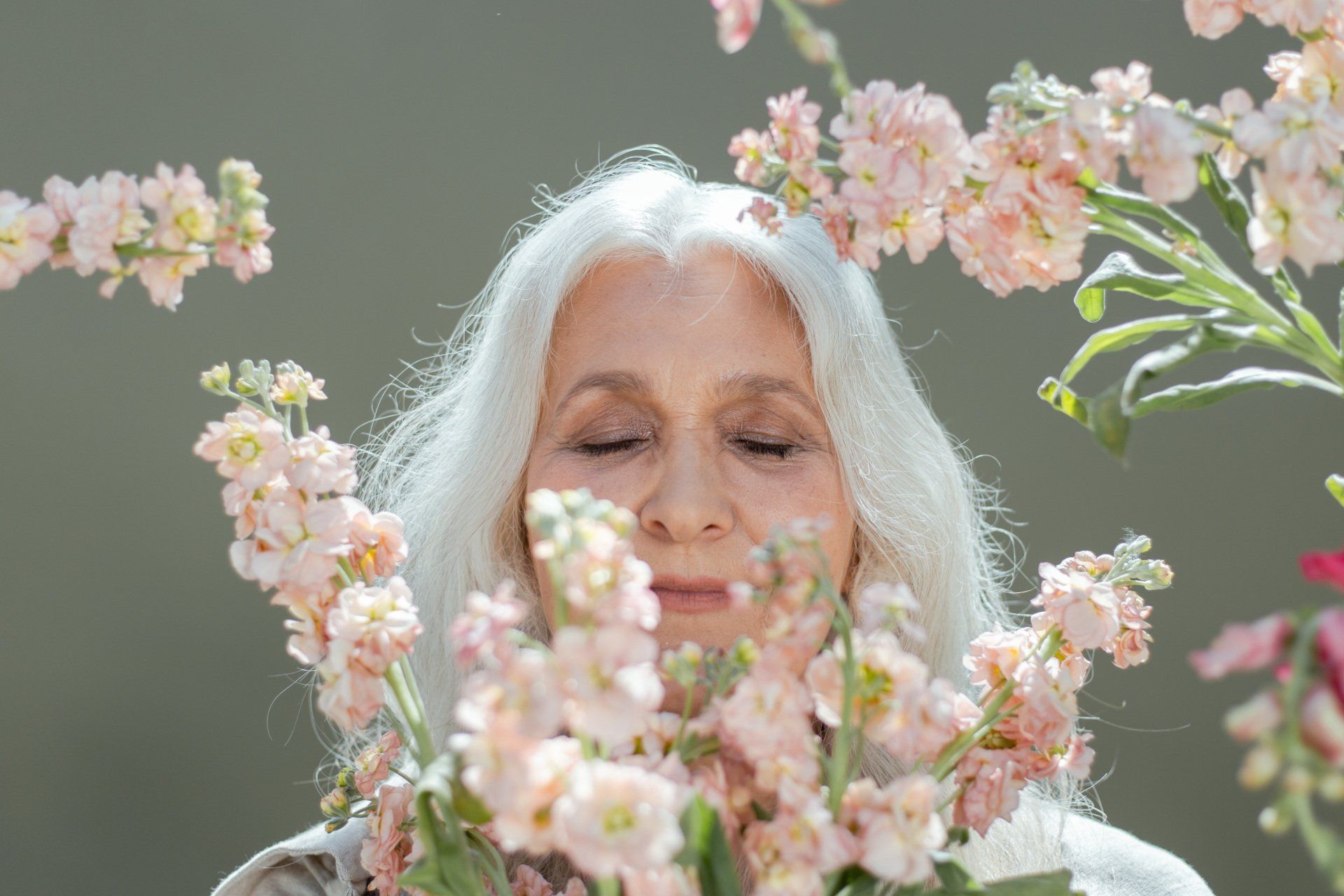How To Improve Breast Health
We all know that keeping our bodies healthy is important, but sometimes it can be hard to know where to start.
Today, we're focusing on one of the most important areas for women: breast. We'll provide tips on how you can improve your breast health and protect yourself from cancer.
So read on, and get started on making your breasts their healthiest they've ever been!
RELATED: Ultimate Breast Massage Guide: When, Why, And How To Do It
9 Tips for Keeping Your Breasts Healthy
Eat a Healthy Diet
Just like with any other part of your body, what you eat can impact the health of your breasts. Eating a healthy diet is important for keeping your breasts in tip-top shape.
There are a few specific things that you can do to keep your breasts healthy through diet and nutrition:
- Make Sure to Eat Plenty of Fruits and Vegetables
Fruits and vegetables are packed with nutrients, which have been shown to prevent the development of cancer cells. They also contain phytochemicals, which are plant-based compounds that have been linked to a reduced risk of breast cancer.
If you're looking for ways to add more fruits and vegetables to your diet, here are some ideas:
- Include a fruit or vegetable at every meal.
- Add chopped veggies to sandwiches or wraps.
- Make a smoothie for breakfast or a snack.
- Enjoy a large salad for lunch or dinner.
- Snack on fresh fruits or vegetables instead of unhealthy junk food.
- Limit Your Intake of Processed Foods
Processed foods are often high in unhealthy fats and chemicals that can disrupt hormone levels and damage breast tissue. In addition, processed foods tend to be low in nutrients that are essential for the health of your breast.
To help protect your breasts, it's important to limit your consumption of processed foods, and eat more whole, unprocessed foods instead.
Exercise
It's no secret that exercise is good for your overall health, but did you know that it can also help improve the health of your breast? That's right--by getting regular exercise, you can help keep your breasts strong and healthy!
Exercise reduces the level of fat in the breast tissue. It helps to burn calories and promote weight loss, which can lead to a reduction in breast size.
Another way that exercise helps improve breast health is by increasing circulation. Exercise helps to get the blood flowing, which can help to reduce the risk of cysts and tumors forming in the breasts. What's more, better circulation can help to improve the overall appearance of your breasts!
Aerobic exercises like running and swimming help to improve circulation and prevent the buildup of toxins in the body. These exercises also help to tone the muscles around the chest, which can provide support for the breasts and help to prevent sagging.
Moreover, strength-training exercises can help to improve posture, making it less likely that your breasts will sag in the first place.
As always, get advice from your doctor before starting any new exercise regimen, but incorporating some breast-healthy exercises into your routine is a great way to stay healthy and fit!
Limit Alcohol Intake
While alcohol consumption is known to have numerous negative health effects, it's especially harmful to your breast.
Studies have shown that even moderate alcohol intake can lead to a greater risk of developing breast cancer. Alcohol consumption can also lead to changes in breast tissue that make it harder to detect cancer early.
Additionally, alcohol intake has been linked to an increased risk of proliferative breast disease, which can cause a variety of symptoms including pain, tenderness, and lumpiness. For these reasons, it's important to limit your alcohol intake if you are concerned about the health of your breasts.
If you do choose to drink, it's best to limit yourself to one drink per day, according to Centers for Disease Control and Prevention (CDC). Consider opting for alcohol-free days each week, or drinking only on special occasions. Making these small changes can have a big impact on the health of your breasts!
Quit Smoking
Smoking is a well-known risk factor for many health problems, including heart disease, lung cancer, and stroke. However, few people realize that smoking can also have a profound impact on the health of their breasts. In fact, studies have shown that smoking is one of the leading causes of breast cancer.
This is why quitting smoking is one of the best things you can do for your breast health. When you quit, your risk of getting breast cancer starts to decrease. Quitting smoking will also help improve your overall health, making it easier for your body to fight off disease.
If you're struggling to quit, talk to your healthcare provider about quitting aids or treatment options such as nicotine replacement therapy or prescription medications. With a little help, you can kick smoking for good and improve the health of your breasts at the same time!
RELATED: Atypical Ductal Hyperplasia: What You Need To Know
Know Your Risks
There are a number of factors that can increase your risk of breast cancer development, including:
- Family History
One factor that can make you more vulnerable to developing certain cancers is cancer genetics. If you have a first-degree relative or family members who have had breast cancer, you may be at a higher breast cancer risk yourself.
This is because cancerous cells often contain mutated genes that can be passed down from one generation to the next.
While having a family history of cancer does not guarantee that you will develop the disease, it does increase your chances.
- Age
Age is also one of the risk factors. The older you are, the more likely you are to develop breast cancer. However, this disease can occur at any age, so it's important for all women to be aware of their risks.
- Personal Health History
If you have had certain conditions, such as ovarian cancer, you may be at a higher risk of developing breast cancer. Be sure to talk to your doctor about your personal health history and what you can do to stay healthy.
- Obesity
Being obese after menopause is a risk factor for developing breast cancer, as well as other health problems. So, whether you're looking for a breast cancer prevention strategy or to improve your overall health, make sure to add some physical activity into your routine.
Take Vitamin D
Vitamin D is essential for good health, and research shows that it may also play a role in your breast health.
Vitamin D is involved in calcium absorption, and it helps to maintain strong bones. It also boosts the immune system and has been shown to reduce the risk of several types of cancer, including breast cancer.
In a recent study, low vitamin D levels were associated with breast cancer patients. Meanwhile, women who took vitamin D supplements were found to have a lower risk of developing the disease than those who did not take the supplements. The study also found that vitamin D may help to reduce the severity of breast cancer.
These findings suggest that vitamin D may be an important part of breast health, so you should talk to your doctor about whether taking vitamin D supplements is right for you.
Breastfeed Your Baby
Breastfeeding has a number of benefits for both mother and child, and it may also help to improve breast health.
Studies have shown that breastfeeding can reduce the risk of developing breast cancer. Additionally, breastfeeding helps to lower levels of the hormone estrogen in the body. And according to the National Cancer Institute, this hormone is thought to play a role in the development of breast cancer.
So if you are able to breastfeed your baby, do so for as long as possible. Not only will it benefit your child's health, but it may also help to protect your breasts.
Get Your Breasts Checked
One of the best things you can do for your breast health is to get regular breast exams. This means having a mammogram and/or a clinical breast exam.
Mammograms can help find breast cancer early, when it's most treatable. Clinical breast exams are performed by a doctor or nurse, and involve checking your breast for lumps or other changes.
The American Cancer Society recommends that women age 40 and older have a mammogram every year.
In addition to getting a regular breast exam, you should also perform self-exams at home on a monthly basis. Routine breast care is a good way to familiarize yourself with your breast and to identify any changes that may occur.
If you find anything unusual during a self-exam, be sure to see a breast surgeon right away.
Know the Signs of Breast Cancer
It's important to be aware of the signs and symptoms of breast cancer so that you can seek medical attention if necessary.
The most common symptom of breast cancer is a lump or mass in your breasts. Other possible symptoms include:
- thickening or swelling of the breast
- changes in the shape or size of the breast
- dimpling or puckering of the skin
- nipple discharge or pain
- persistent changes to the appearance of the nipple or surrounding area
If you experience any of these symptoms, it's important that you see a doctor as soon as possible for further evaluation. Remember, early detection is key to successful treatment. By being proactive about the health of your breasts, you can help increase your chances of detecting breast cancer early and improving your overall prognosis.
Final Thoughts
Breasts come in all different shapes and sizes, and what’s important is that they are healthy. By knowing your risks and making healthy lifestyle choices, you can improve your breast health and reduce your risk of developing cancer.
So make a commitment to your health today, and start taking steps to protect your breasts!
Up Next:
- 10 Best Breastfeeding Positions
- 16 Breastfeeding Essentials For New Moms
- How to Stop Stressing and Get Better Sleep
